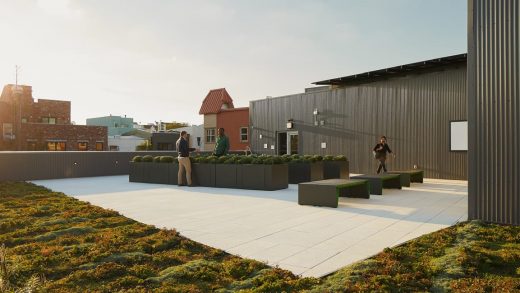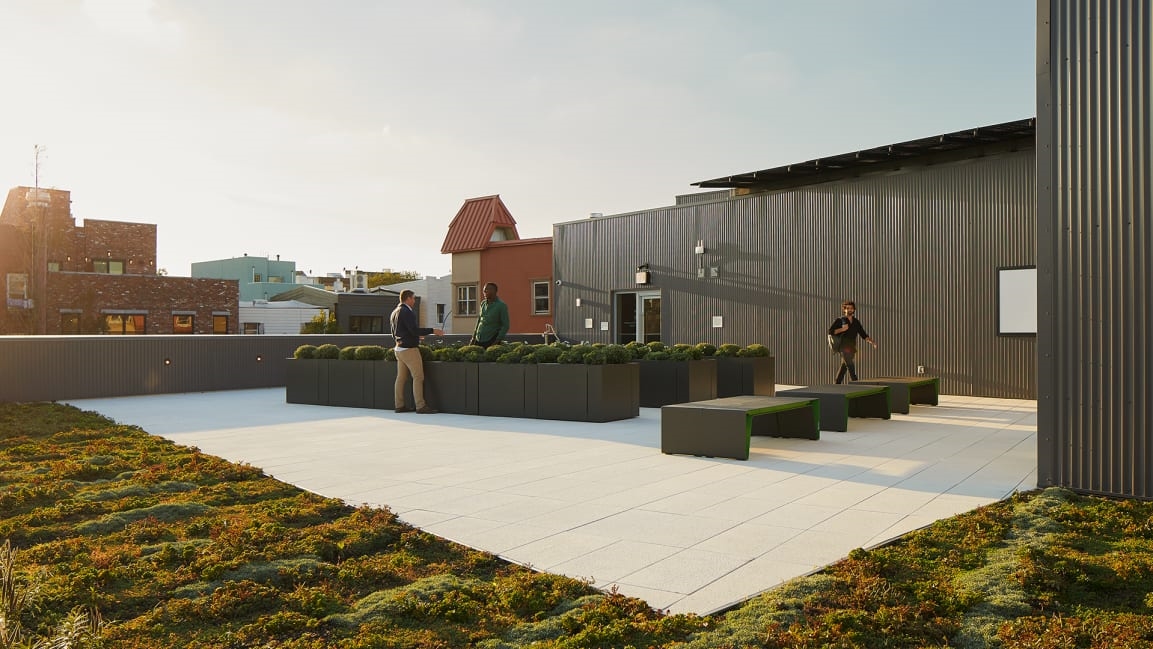Why this Brooklyn library is betting on a future that’s bigger than books
I have spent a lot of time in libraries in my day. But not one like this.
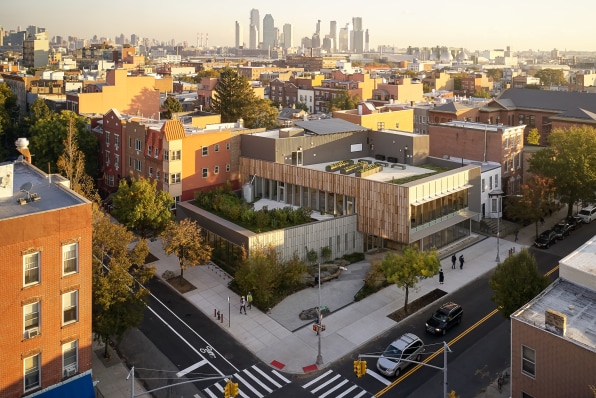
Digital technology has forced libraries to rethink their role as repositories of information, catalogued alphabetically and bound between book covers. Now, libraries from Vancouver to Luxembourg are developing into multipurpose community resource centers. The Greenpoint library, however, is the first we’ve seen that turns the building into a teaching moment about the future of the planet—and hints at ways these city institutions might expand their mission.
The Greenpoint Library and Environmental Education Center encompasses more than 15,000 square feet of sunny interiors and greenery-filled exteriors partially powered by solar panels. It’s consistent with biophilic design, a design philosophy that brings natural elements to interiors, and is often used in office spaces, residential spaces, and hospitals.
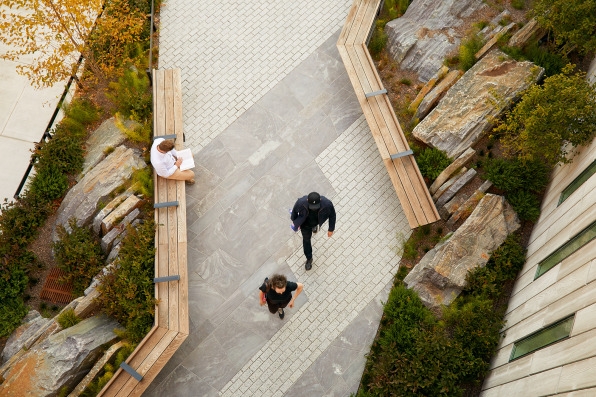
At the library, each piece of sustainable building design is a learning opportunity. There’s a bioswale that transports and stores rainwater runoff, meant to teach about physically preparing for climate change. There’s a second-floor water tank that captures and stores up to 1,500 gallons of rainwater; librarians, teachers, and guests can use it for lab experiments, to teach workshops, and to water plants on-site. And there’s a rooftop demonstration garden, where students and local community groups can work with staff to choose plantings and care for them throughout the year.
Meeting rooms have accent walls that are made from the wood of native trees, and first floor windows are placed to let light shine directly through them during solstices and equinoxes. Exposed bedrock in front of the library evokes the Laurentide Ice Sheet, which covered Greenpoint 18,000 years ago, teaching kids local geological history en plein air.
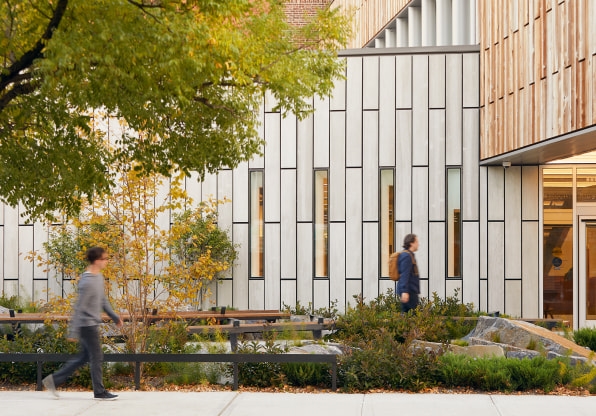
The library was funded with $5 million provided by the Office of the New York State Attorney General and the New York State Department of Environmental Conservation through the Greenpoint Community Environmental Fund. The grant program was created by New York State with funds obtained through a settlement with ExxonMobil over a spill that dumped a shocking 17 to 30 million gallons of oil in the neighborhood—more than the 1989 Exxon Valdez oil spill. Though so often considered record keepers of the past, the Greenpoint library stands as a small structure of poetic justice, and a bright, forward-looking rebuke to the neighborhood’s past.
(26)

